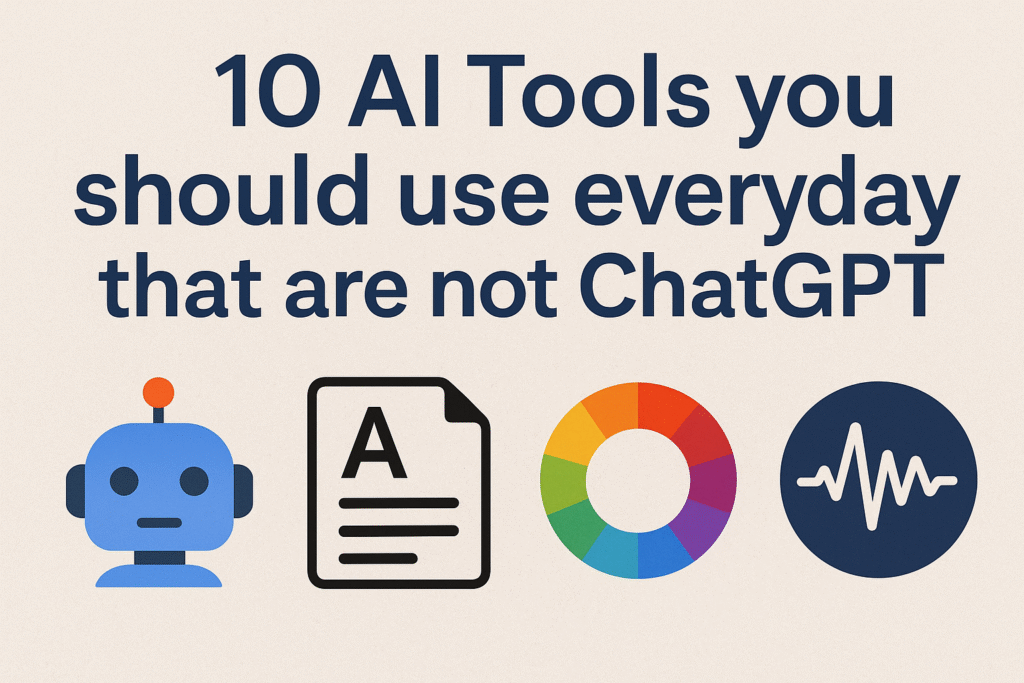When I started working as an accountant, financial statements were a core part of my daily tasks. Initially, I worked on Tally Prime manually, but as I explored more software’s. I realized how crucial these statements are in understanding a business’s financial health or its financial position.
What is a Financial Statement?
A financial statement records a company’s financial activities. It shows how much money a business makes, spends, owns, and owes. These statements help business owners, investors, and accountants understand the performance and position of the company like where company stands.
Types of Financial Statements
- Income Statement
Income statement also known as profit and loss statement, it shows the company’s revenues and expenses over a period and calculates net profit or loss. - Balance Sheet
Balance sheet is a financial statement which gives actual company’s financial position on a specific date, showing assets, liabilities, and equity. - Cash Flow Statement
Cash flow statement records inflow and outflow of cash it is divided under 3 activities operating, investing, and financing activities. - Statement of Changes in Equity
Shows movements in owners’ equity over a reporting period.
For example: Let’s say a business prepared its financial statements for the year.
| Statement | Details | Amount (₹) | Explanation |
|---|---|---|---|
| Income Statement | Revenue | 50,00,000 | Total sales or income from business activities |
| (-) Expenses | 35,00,000 | All costs like salaries, rent, raw materials | |
| = Net Profit | 15,00,000 | Profit after covering all expenses | |
| Balance Sheet | Assets (what business owns) | 80,00,000 | Includes cash, equipment, inventory, etc. |
| Liabilities (what business owes) | 30,00,000 | Loans, creditors, etc. | |
| Equity (Owner’s Capital + Retained Earnings) | 50,00,000 | Assets – Liabilities = Net Worth | |
| Cash Flow Statement | Cash from Operating Activities | 12,00,000 | Cash generated from main business operations. |
| Cash from Investing Activities | -5,00,000 | Spent on assets like new machines or property. | |
| Cash from Financing Activities | 3,00,000 | Cash raised through loans or investments. | |
| = Net Cash Flow | 10,00,000 | Shows increase in cash over the period. |
Characteristics of Financial Statements
- Reliable: It is reliable based on real and verified data, if the data was incorrect then, the analysis will be wrong.
- Comparable: Can be compared across time and companies, also compare the previous financial position with the current financial position.
- Understandable: Clear for users to interpret as it tells the actual profit and loss of the company.
- Relevant: Financial statement very useful for decision-making.
Limitations of Financial Statements
- Based on historical data: They only show historical data, not future predictions.
- Non-financial factors: Non-financial factors like employee satisfaction or brand value are not included.
- Assumptions based: Based on estimates and assumptions which may not always be accurate.
- Actual value: May not reflect the current market value of assets.
How Different Financial Statements Are Connected to Each Other ?

- Income Statement to Balance Sheet
The net profit (or loss) at the end of the income statement is added to the retained earnings in the equity section of the balance sheet. - Income Statement to Cash Flow Statement
The net profit is also the starting point in the operating activities section of the cash flow statement, but since profit includes non-cash items (like depreciation), adjustments are made to convert it into actual cash. - Cash Flow Statement to Balance Sheet
The ending cash balance in the cash flow statement shows the total cash available at the end of the period, this exact amount appears in the cash & bank balance section of the balance sheet under assets.
Table: Connection Between Financial Statements
| Source Statement | Data Point | Where It Goes Next | Purpose |
| Income Statement (Income) | Net Profit | Balance Sheet (Retained Earnings) | Shows increase in owner’s equity. |
| Income Statement (Expense) | Net Profit / Loss | Cash Flow Statement (Operating Activities) | Used to calculate actual cash from operations. |
| Cash Flow Statement | Ending Cash Balance | Balance Sheet (Cash & Bank) | Matches the cash shown in assets. |
| Balance Sheet (Assets) | Changes in Inventory, A/R etc | Cash Flow Statement (Operating Activities) | Affects cash inflow/outflow. |
| Balance Sheet (Liabilities) | Changes in Loans, Payables | Cash Flow Statement (Financing Activities) | Shows how business is funded or repaid. |
How Can Software Help to Make Financial Statements?
Modern accounting software like Tally Prime, Zoho Books, and Odoo accounting simplify the preparation of financial statements:
- Automated entries reduce manual work and errors or mistakes.
- Real-time reports help monitor finances instantly.
- GST and tax compliance becomes easy.
- Custom templates for Balance Sheets, P&L, etc.
Conclusion
Financial statements are the backbone of any business’s financial reporting. They provide essential insights into a company’s performance, help with planning and decision-making, and are much easier to handle with the right software. As an accountant, understanding and preparing these statements efficiently is key to managing business finances successfully.
FAQs
- What is financial statement analysis?
It is the process of evaluating financial statements to understand a company’s performance and make informed decisions. - What are adjustments in the preparation of financial statements?
Adjustments like depreciation, outstanding expenses, or prepaid income ensure accurate profit/loss calculation. - As per Indian GAAP, financial statements are presented at?
They are presented at historical cost unless stated otherwise. - What is the meaning of interim financial statements?
These are financial reports prepared for a period shorter than a full fiscal year, usually quarterly or half-yearly. - Which software is best for creating financial statements?
Tally Prime, Zoho Books, and QuickBooks are popular choices depending on business needs. - Why are financial statements important for small businesses?
They help track performance, manage taxes, attract investors, and plan for the future.











4 comments